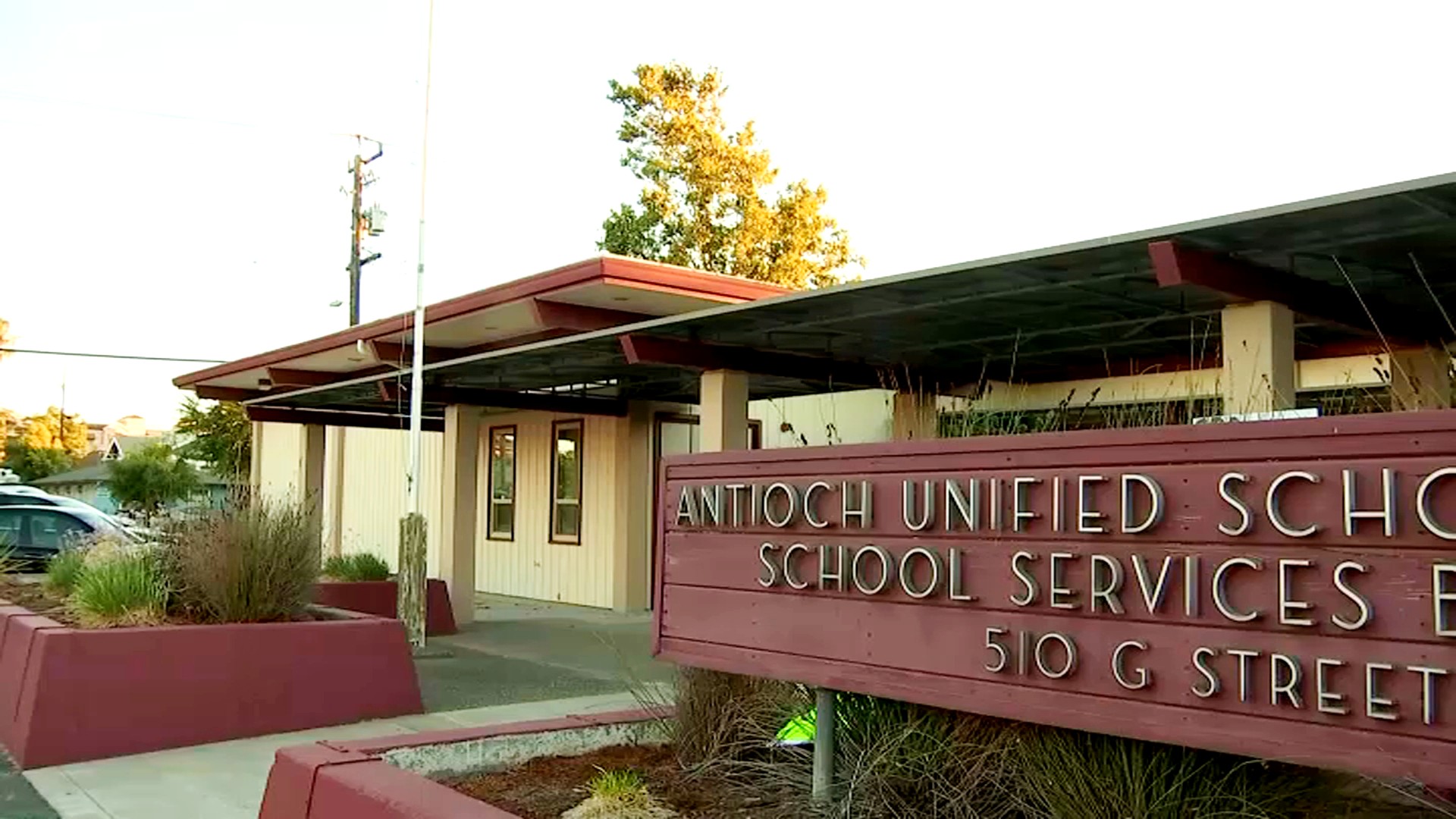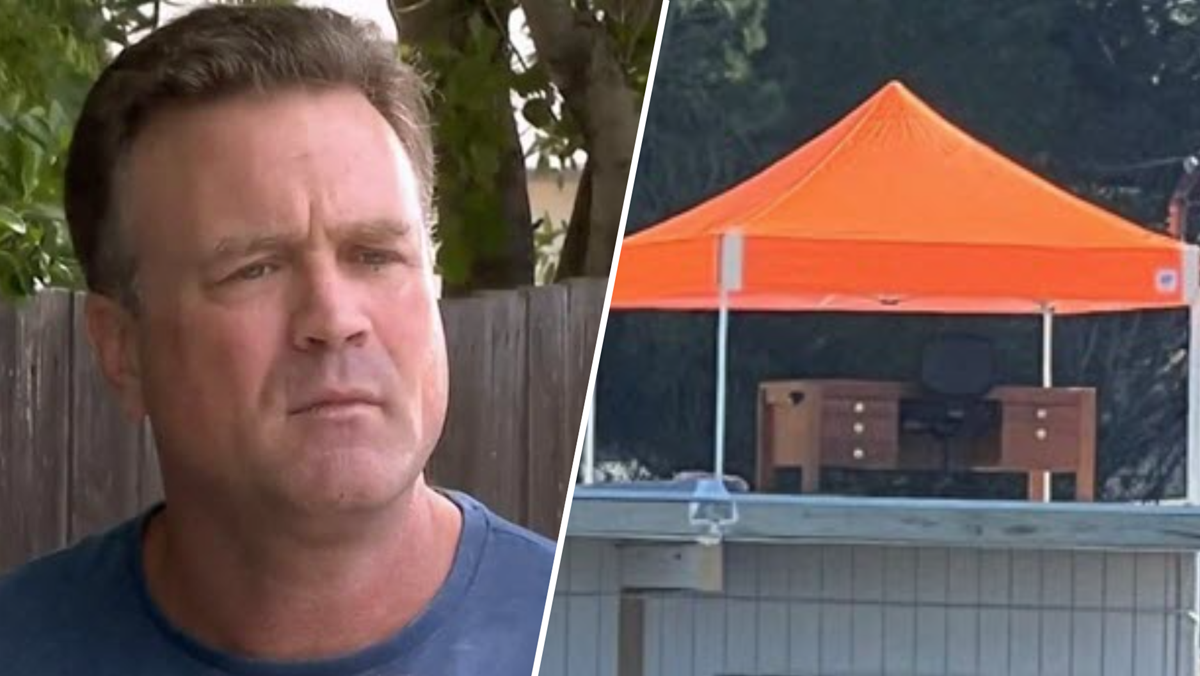A PG&E internal audit found that the company lacks proof in its records that it carried out regulatorily mandated safety inspections on thousands of power poles, many in high fire threat areas, NBC Bay Area’s Investigative Unit has learned.
The utility has 2.4 million power poles that can easily spark a fire, if not properly maintained. In fact, a damaged power police near Clearlake was blamed for the Sulphur fire that leveled more than 160 structures in Lake County back in October 2017.
Cal Fire’s report on that fire concluded that a woodpecker nest inside the pole had so weakened it that snapped off in high winds. Investigators found acorns stored the nesting cavity in the pole. Records showed that a PG&E inspector certified that pole was safe four years earlier despite finding unspecified damage.
“These utility poles -- they run along our streets, in our backyards, through our neighborhoods, through our communities,” said former Public Utilities Commissioner Catherine Sandoval, who focused on pole safety during her tenure.
Sandoval said that PG&E has long asserted that its massive inventory of wooden power poles had been properly inspected, treated and certified as being free of rot and other damage. So-called intrusive inspections – which involving boring holes into poles to verify their integrity – are required once every two decades under state regulations.
“These inspections are really important to ensure that you don’t have failures that can lead to wildfires or other safety and reliability problems.”
But the NBC Bay Area Investigative Unit has learned that PG&E recently acknowledged to CPUC regulators that it cannot find the proof that it carried out those checks on as many as 41,000 poles, including 12,000 in high fire danger areas. In a letter last month, PG&E promised to begin field checks to account for “potentially missed inspections.”
The Investigative Unit
Have a tip for The Investigative Unit? Call 1-888-996-TIPS.
The commission said in a statement that its safety and enforcement arm is investigating the matter to “determine next steps.”
“It really gets to the general theme of so many of the challenges PG&E has faced,” said Steven Weissman, a former CPUC regulatory law judge who has been critical of the utility’s safety record. He said while the percentage of potentially missed poles may seem small compared to the sum of 2.4 million poles, the consequences of any one failing could easily be disastrous in high fire danger areas.
He says the question is whether PG&E’s records and inspection regime are up to the task.
“Does it have in place the safeguards that are necessary to discover these safety related problems before they become problems? In this case, there wasn’t a safety net to discover all this earlier.”
In its communications with regulators, the company admitted the findings of the audit and promised that all 41,343 poles cited in the audit will be field checked by year’s end. So far, out of 17,127 poles checked, most turned out to either be properly certified or exempt from inspection rules, the company said Tuesday.
But so far, PG&E’s statement indicates that crews have found more than 3,100 poles that were indeed apparently missed. CPUC records show the company had filed reports as late as 2018 declaring no inspections were late or not carried out per regulatory provisions.
But the company’s first report about its findings dated December 1 indicated that it had so far reached only a fraction of the 12,000 poles flagged in the audit as being in high fire threat areas.
The company’s latest statement does not specify how many of the 17,000 poles it has now checked are located in high fire threat zones.
“We will continue to inform our regulators as we complete this critical safety work to help keep our customers and communities safe from the threat of wildfires,” the company said Tuesday.



